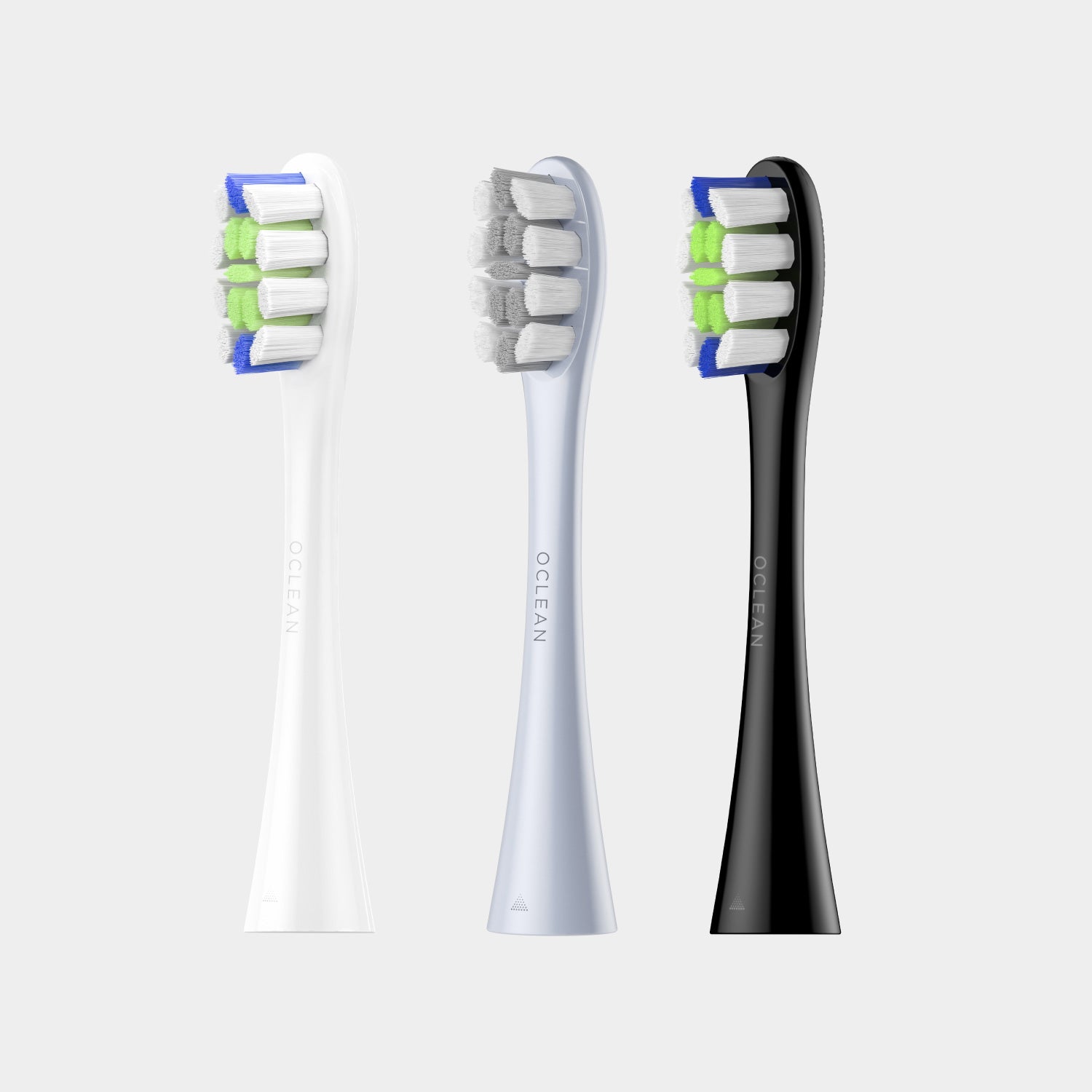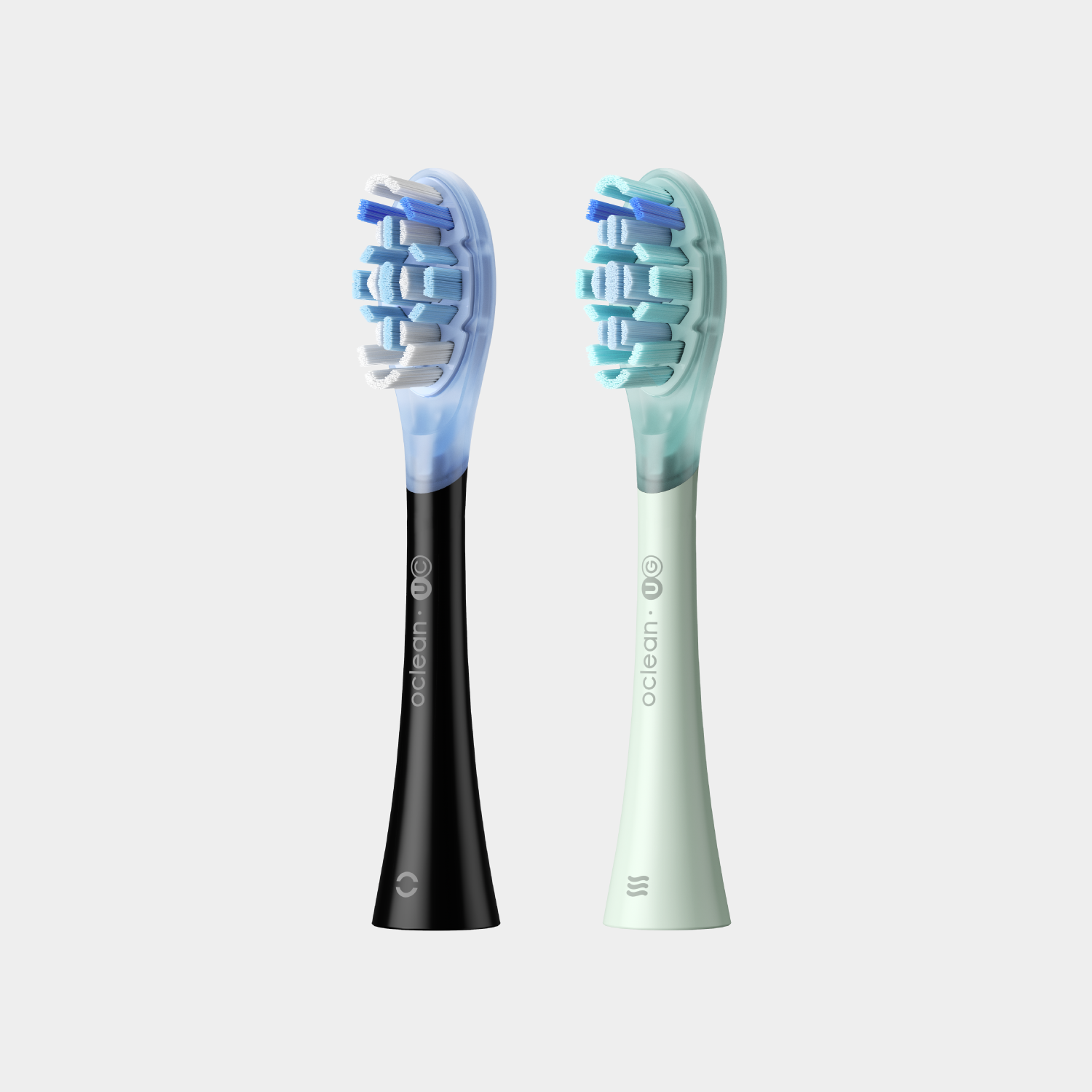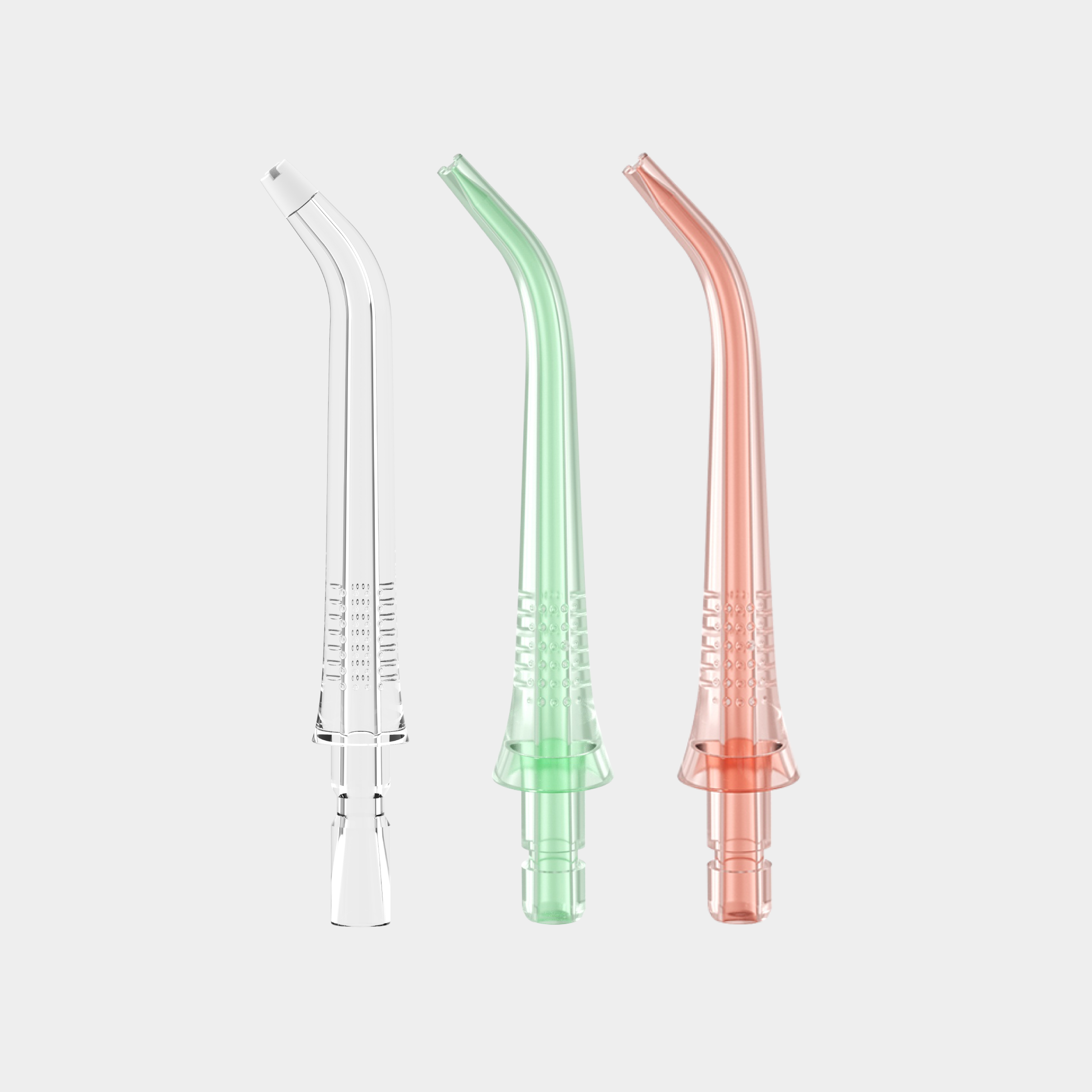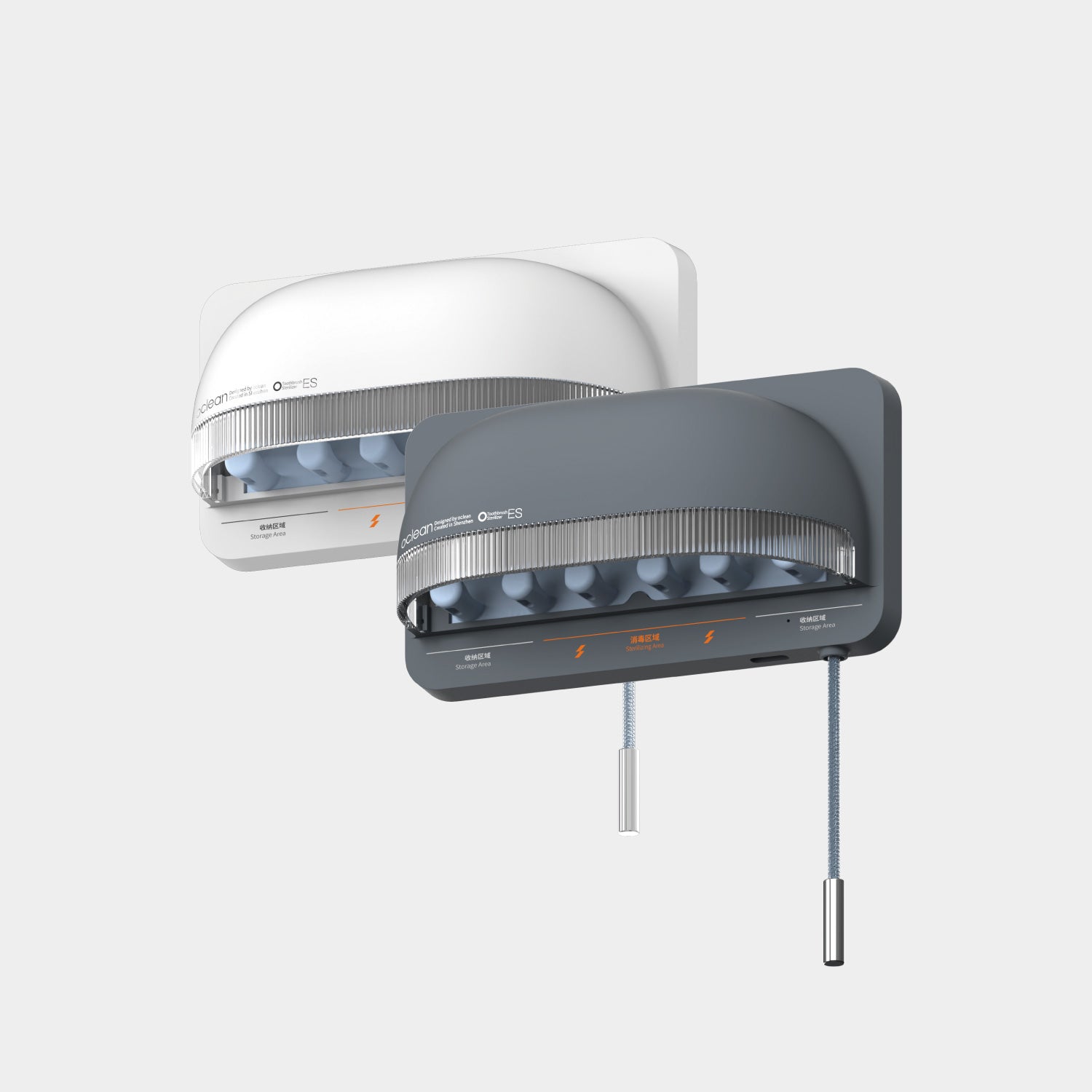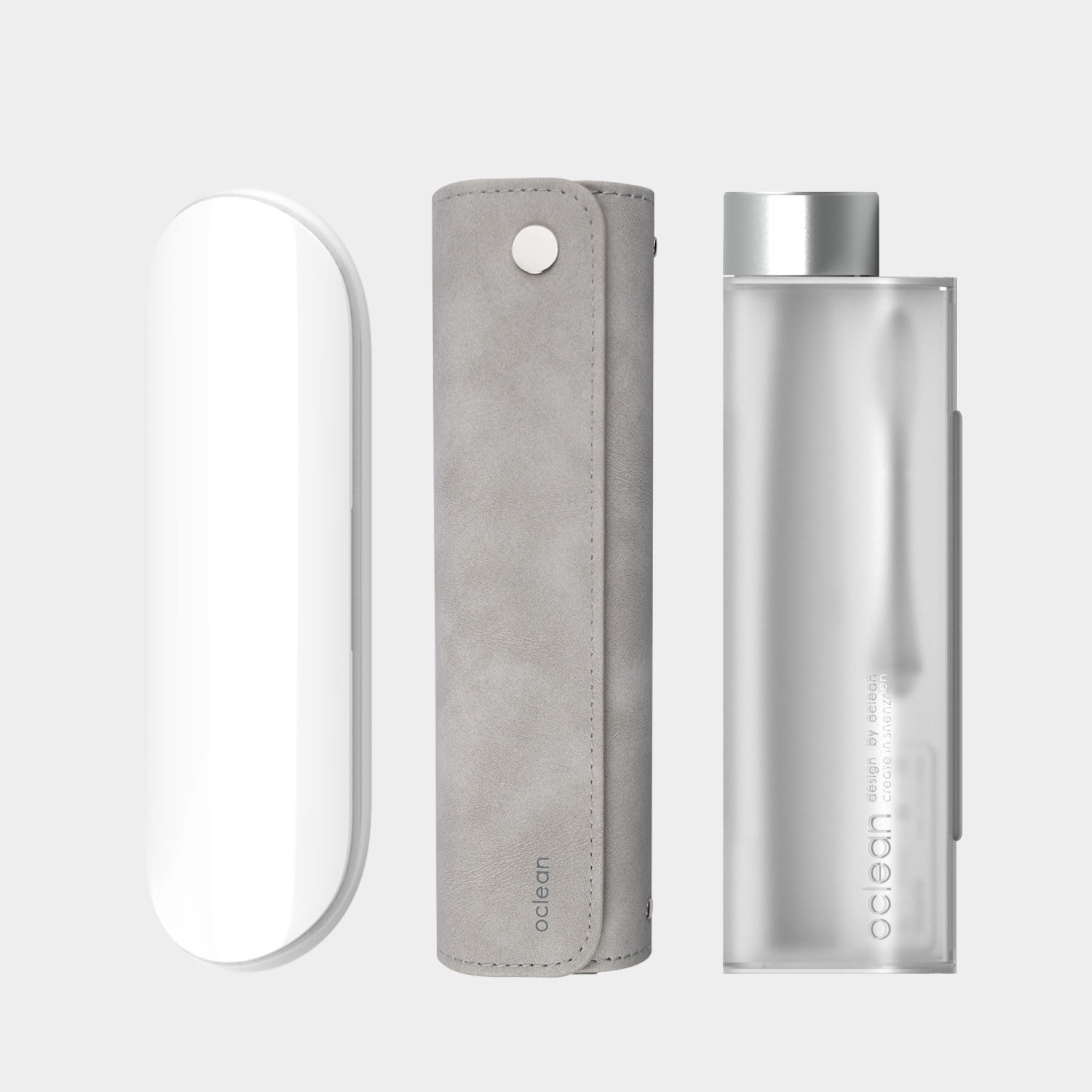Flossing and Braces: All You Need to Know
Maintaining healthy oral hygiene practices during orthodontic treatment can be challenging for many patients. Your orthodontist not only deals with the alignment of your teeth but also has to make sure your teeth remain in a healthy condition for the duration of your treatment.
Unfortunately for many, typical oral hygiene practices such as brushing and flossing can be a hassle when you have brackets and wires coming in the way. During the treatment process, many patients also have a plethora of questions, such as, "should you floss with braces?" or "what is the best and easiest way to floss with braces?"
Let's answer these questions and explore the best way you can keep your teeth and gums clean.
Why Should You Floss With Braces
Depending on individual patient factors, orthodontic treatment can typically extend from a few months to a few years. During this time, many different materials are introduced and fixed in the mouth, including but not limited to brackets (that may be made of metal, plastic, ceramic, or other materials), wires, ligatures, and even power chains.
The mouth recognizes these materials as foreign bodies, and just like teeth, these materials are susceptible to plaque buildup. If not prevented by regular flossing, plaque buildup adversely affects your gums, causing periodontal problems such as inflammation and tooth mobility.
Additionally, by not flossing between your teeth, your teeth will be susceptible to tooth decay, ultimately prolonging your time at the dentist. Moreover, studies have also shown that flossing along with brushing has proved to be more beneficial than brushing alone.
How to Floss With Braces Using the Traditional Flossing Thread
The American Dental Association has recommended a general guideline on how to effectively floss with the traditional flossing thread, which includes the following:
1. Take 18 inches of floss thread and wrap it around one hand's middle or index finger. The rest of the floss should be wrapped around a finger of the opposite hand.
2. The floss should be held firmly and tightly around the thumbs and forefingers.
3. The floss should be gently guided between the teeth. Careful not to damage your gums.
4. The floss should be turned into a C shape when it approaches the gum line.
5. Using short up and down motions, the surfaces of the teeth should be carefully cleaned.
6. The process must be repeated for the rest of the teeth.
Why is Flossing So Hard with Braces?
Introducing flossing into one's daily routine is a difficult task. It is one of the most neglected oral hygiene aid, often due to the time it takes to perform. The use of the traditional thread, if not done properly, can also damage the surrounding gums and tooth surfaces. Having braces adds to the difficulty by introducing materials such as archwires, which get in the way of the floss, preventing patients from using the floss effectively.
Is There An Easier Way To Floss?
Advancements in oral hygiene aids started with the introduction of electric toothbrush. Since then, many studies have aimed to find practical and pragmatic ways to ensure patient comfort and compliance during oral hygiene practices.
One such advancement is Oclean's dental water flosser. Water flossers act on the same principle:
- Reducing plaque accumulation
- Clearing food deposits between teeth
- Maintaining a healthy oral environment
These devices use water to achieve these goals, which gently wash away the harmful bacterial deposits that may accumulate on your braces.
Benefits of Using a Water Flosser
Some advantages of using a water flosser include:
1. It is more practical for those who find it hard to floss with the traditional thread.
2. Patients who have arthritis find using a water flosser easier.
3. Patients are more compliant while using water flossers as opposed to using the traditional flossing thread, thus increasing the efficacy of the treatment.
4. They are comparatively gentler.
5. They can clean more deeply, which is why dentists also frequently recommend using this aid for gum diseases and orthodontic treatment.
6. Oclean has also introduced portable water flossers, so patients do not need to worry about how they will travel with the device.
In Short
The U.S. Department of Health and Human Services has termed flossing as "an important oral hygiene practice." Maintaining a healthy oral environment is essential for optimal treatment results for those with braces. With the introduction of water flossers, flossing has become easier than ever. So if you wondered, "What is the best way to floss with braces?" you have your answer.
*Cover image from Freepik@gpointstudio, we will delete it if constitutes infringement *
Related Readings:
Can You Bring an Electric Toothbrush on a Plane
How Many Calories Are in Toothpaste
What Happens if You Swallow Toothpaste
Are Charcoal Toothbrushes Safe



















































